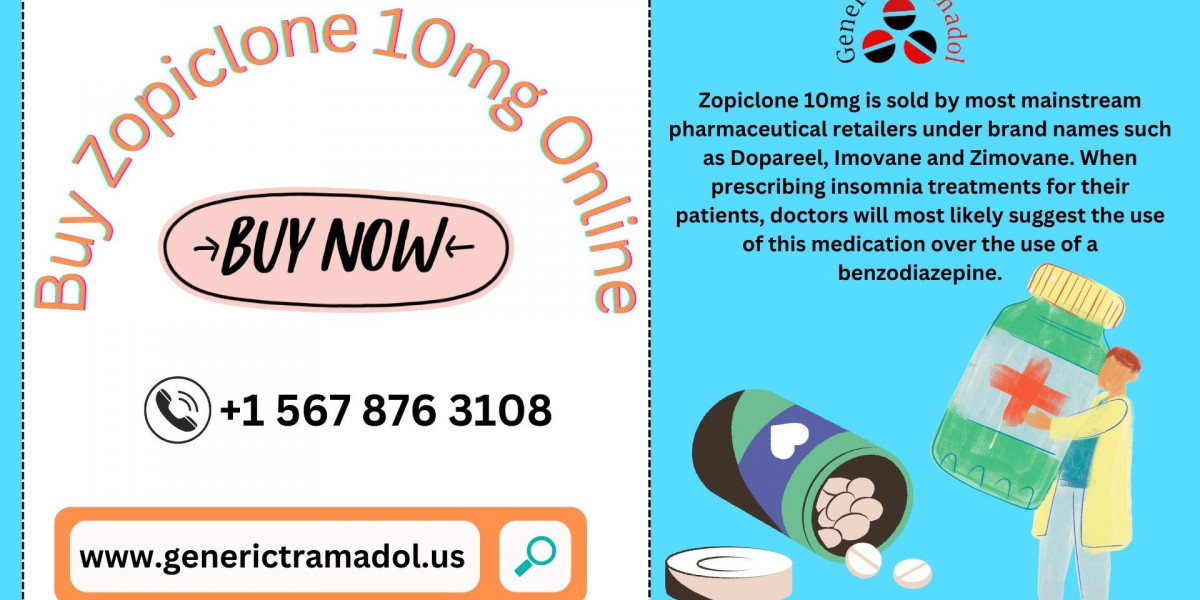For many cancer patients, hair loss is more than just a side effect of treatment — it's an emotional journey. It can strip away a sense of identity and control during a time when everything already feels uncertain. Even after cancer treatment ends, regaining your hair can be one of the most long-term milestones of recovery. But what happens when the hair doesn't grow back as expected?
This is where PRP therapy or Platelet-Rich Plasma therapy is emerging as a promising option , offering hope beyond hair loss.
Understanding PRP Therapy
PRP therapy is a non-surgical procedure that uses a concentrated form of your own blood's platelets to stimulate hair growth. Blood is drawn, processed in a centrifuge to isolate the platelets, and then injected into the scalp where hair thinning or loss has occurred.
These platelets are rich in growth factors — natural substances your body uses for healing — and can help awaken dormant hair follicles, improve scalp health, and encourage new hair growth.
Hair Loss After Cancer: Why It Happens
Chemotherapy and radiation are powerful treatments designed to stop rapidly dividing cancer cells — but they can also affect other fast-growing cells, like those in hair follicles. While most people see hair regrowth within 3–6 months post-treatment, for others, hair may grow back thinner, patchy, or not at all, particularly if they've undergone stronger regimens like taxanes or whole brain radiation.
This lingering hair loss can deeply affect a survivor's self-esteem, mental health, and overall sense of recovery.
Is PRP Safe for Cancer Survivors?
The good news is that PRP uses your own blood, meaning there's no risk of allergic reaction or disease transmission. It's generally considered safe, especially since it's a localized and minimally invasive treatment.
That said, it's important for any cancer survivor to speak with their oncologist or medical team before starting PRP. Timing matters — doctors may advise waiting several months or even a year after treatment to ensure the body is ready and any underlying conditions are stabilized.
What to Expect from PRP Hair Treatment
Sessions: PRP is typically done in a series — often 3–4 sessions spaced about 4–6 weeks apart.
Procedure Time: Each session takes about an hour.
Discomfort: Some patients report mild discomfort or tenderness at injection sites, but it's generally well-tolerated.
Results: Hair regrowth can be subtle and gradual, with improvements often seen after 3–6 months.
It's important to keep expectations realistic. PRP doesn't create new hair follicles, but it can improve the density and health of existing ones — particularly helpful for those experiencing thinning or incomplete regrowth post-cancer.
Real Stories, Real Hope
Many survivors describe PRP not just as a cosmetic treatment, but as a boost in healing — physically and emotionally. Seeing hair regrow can feel symbolic of life returning to normal, of a new chapter beginning.
"After everything I went through, looking in the mirror and seeing hair again made me feel like myself. PRP gave me that confidence back."
— Maya, breast cancer survivor
Final Thoughts
Cancer takes a lot — but it doesn't have to take everything. If you're struggling with post-treatment hair loss, know that you're not alone and that options exist. PRP therapy is still evolving, but for many, it's offering more than just hair — it's offering hope.
If you're considering PRP, consult a dermatologist or hair restoration specialist experienced in working with cancer survivors. Together with your medical team, you can explore whether this gentle, regenerative therapy might be a good fit for your next steps in healing.







